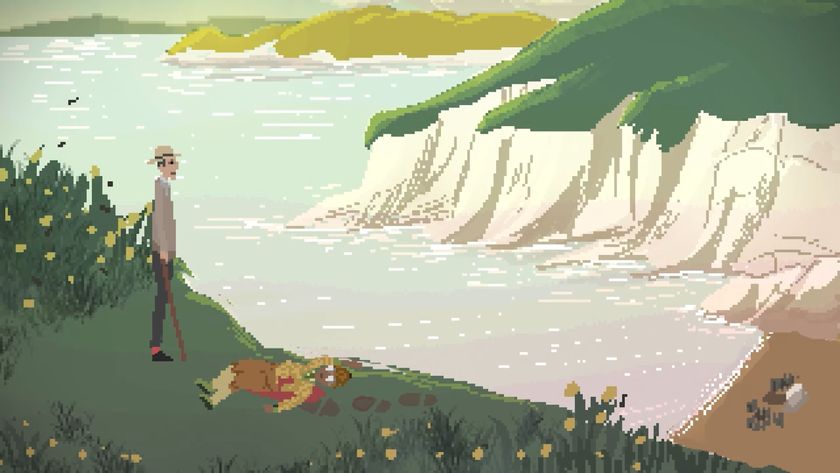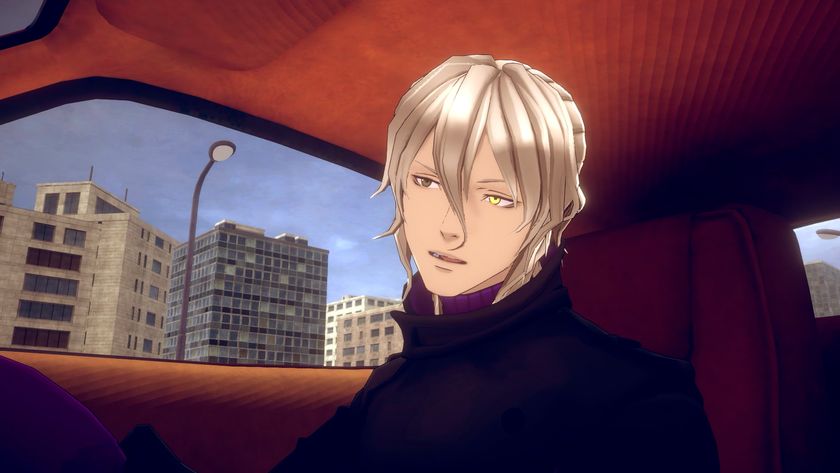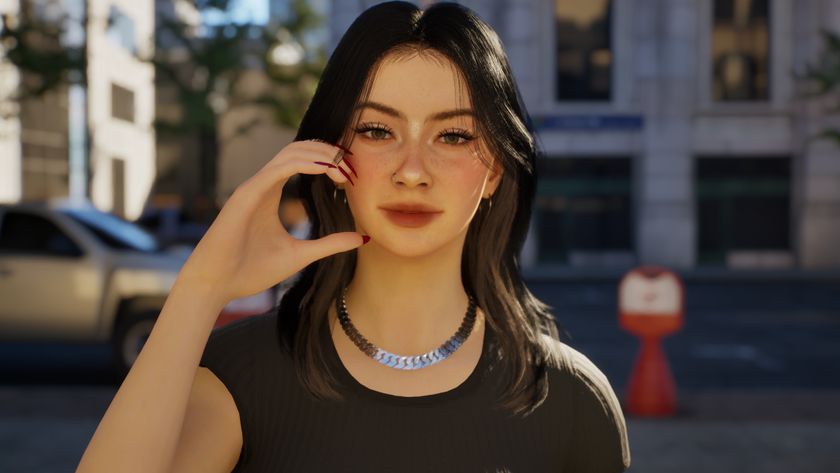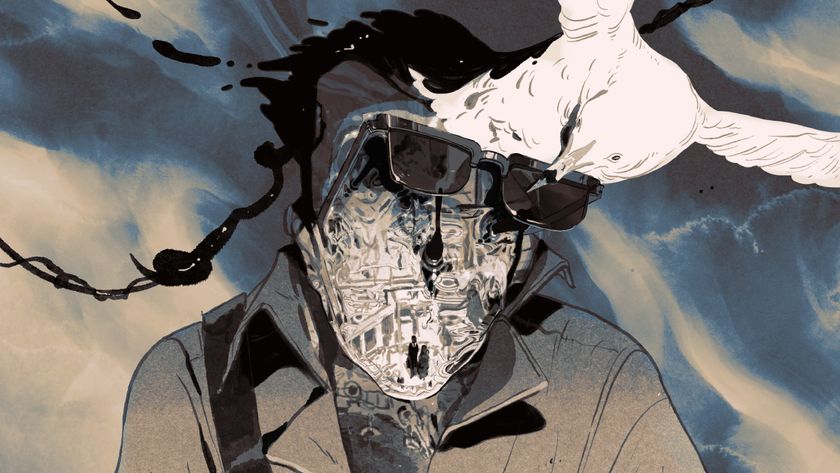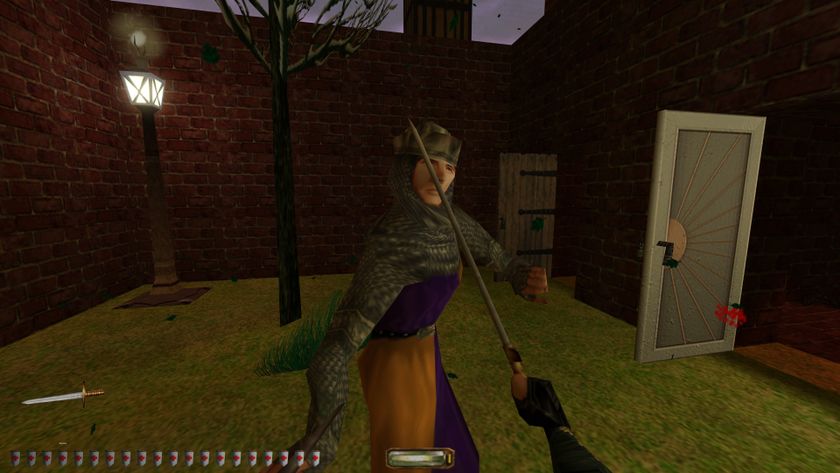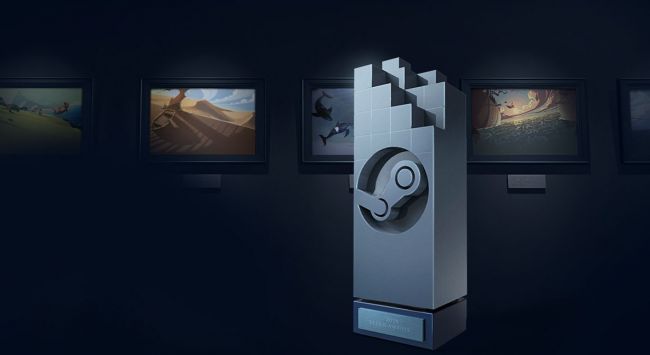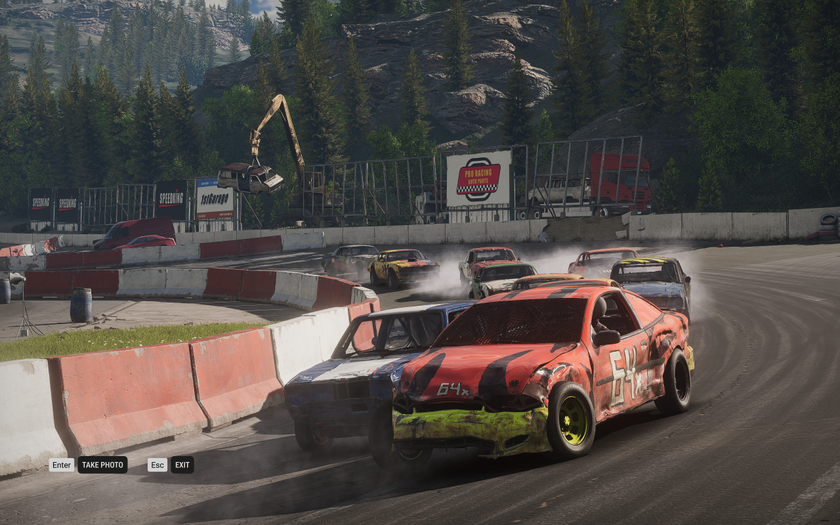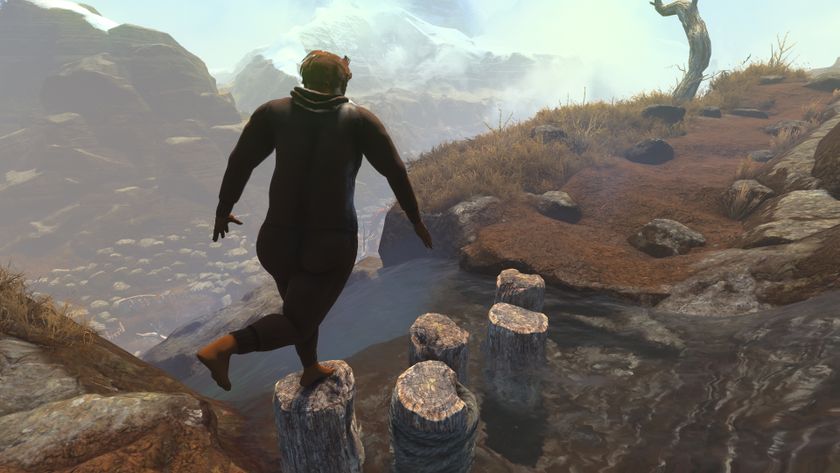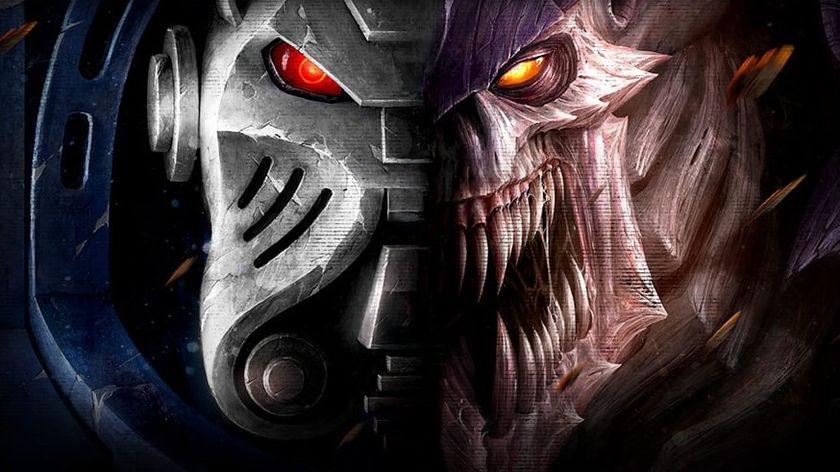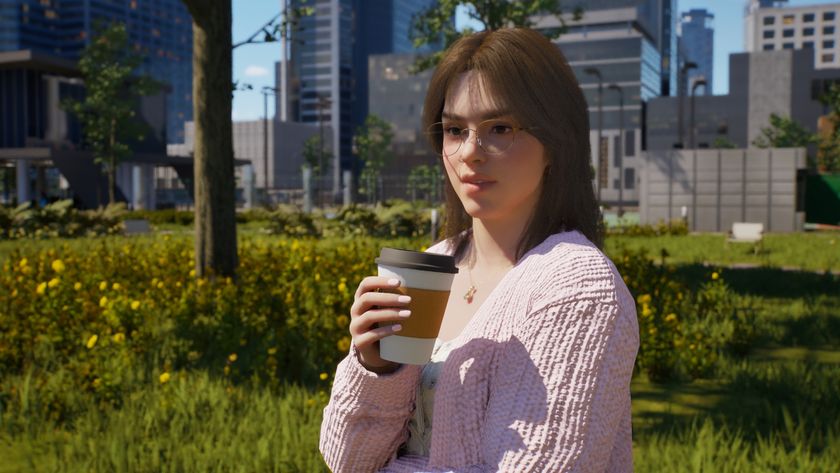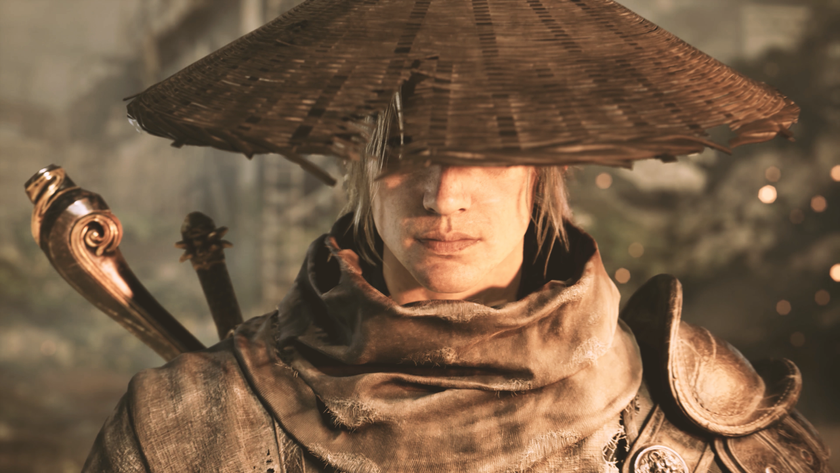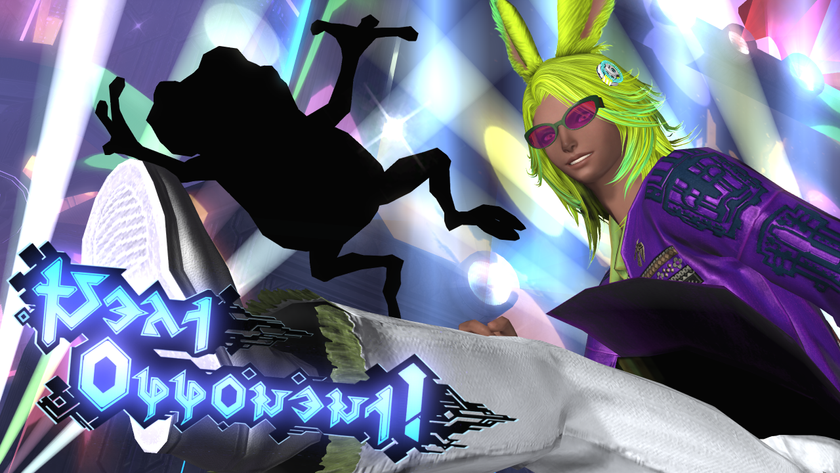Drawn: The best adventure games you've (probably) never played
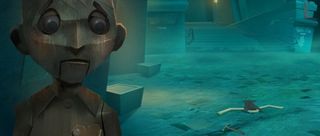
You don't often hear about Big Fish's lovely Drawn adventure series . OK, The Painted Tower was awarded 83% by John Walker in PC Gamer, but what about the other Drawn games? The ones you've never heard of?
That game, and its remarkable sequel, Dark Flight, are some of the most brilliant adventures never to cause a stir on the mainstream PC gaming scene. Now, with a third game in production, two of their creators sit down with PC Gamer to discuss the development process, their attitude towards art design, and why they believe that imagination and creativity can overcome all odds.
"When we were given the opportunity to create a completely new franchise, we set out to accomplish two things. One: provide the casual user with an accessible experience that was very different from anything they had played before. And two: create a game that nostalgic adventure gamers would enjoy."
Those are the words of Chris Campbell, a senior producer at Big Fish Games. Big Fish is one of the leading casual game publishers online, but they also have an in-house studio - which, on the evidence of the Drawn titles, is home to some serious talent.
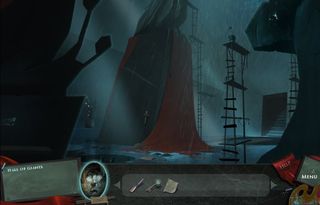
That quote says a lot. Drawn is obviously designed with accessibility in mind, and Big Fish's primary audience is what we'd usually consider to be the "casual gaming market." We're talking, mainly, about older players, in particular females: basically, not the sort of crowd you'd usually associate with deeply satisfying, complex point-and-click adventures.
But when you spend some time with Drawn, especially Dark Flight, you begin to realise that's exactly what these games are. They're fiercely imaginative old-school adventures which, via layers of smart comfort-blanketing, manage to stretch their appeal into a whole new area of the gaming populace. They're also of an absolutely exceptional quality, and are two of the most atmospheric point-and-clickers on the market today.
A picture paints a thousand words
The biggest gaming news, reviews and hardware deals
Keep up to date with the most important stories and the best deals, as picked by the PC Gamer team.
In Drawn: The Painted Tower, you're hot on the trail of the king's daughter, who's been kidnapped due to her phenomenal power. The little girl, Iris, has the magical ability to paint pictures which spring to life, allowing those who gaze upon them to enter into their worlds. Iris is being held hostage at the top of an enormous skyscraper in the town of Stonebriar, and through a variety of lightweight puzzles, your task is to make your way up the tower to her rescue.
The second game follows directly on from the first, and improves the already intriguing title in a few key areas. For one, the previously dodgy hints system has been replaced, removing the occasional frustration of having to wait around for a timer to run out just so you could skip to the hint you required. And secondly - and more significantly - the game world has seen a spectacular overhaul. In Drawn: Dark Flight, you escape the confines of the tower and head out into the town itself. It's a remarkable place to explore.
"I wanted to make a game that would be visually different and fresh from the majority of the games I have seen," explains Brian Thompson, art director on Drawn. "I pulled from things I love - a mix of dark and gothic and stylised fantasy – to establish the art direction for Drawn, and it grew from there."
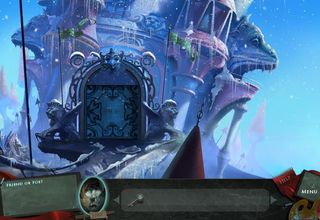
Thompson's art was inspired a great deal by a number of sources. Classic illustrated fairy tales, the early animated works of Walt Disney, and contemporary filmmakers such as Tim Burton - all combined in Thompson's mind to create the whimsical town that sits at the centre of Drawn's fiction. But it wasn't just illustrations that influenced Thompson, but also the vivid written word of authors such as C.S. Lewis, Maurice Sendak and Shel Silverstein. And that, he says, is something that affected the design process in a positive way.
"The idea of 'words evoking images' is integral to the development process of Drawn," he explains. "For example, Chris [Cambpell] will frequently turn to me with a sparkle in his eyes, and I know instantly that he has a great idea that will evoke a fantastic image in my mind before he even says, 'Brian! I have an awesome idea!' Our process is fluid and organic, and this helps to reinforce the art style and evolve it. Sometimes game design drives the art, and other times, just as naturally, the art drives design."
The result, Stonebriar, is extraordinary. It's a lonely, unnerving place. Dark forces have descended on this town, and it's now desolate, devoid of life. Throughout the vast majority of both games, the only characters you meet are a butler who's been turned to stone, and a young boy, made of wood, with a dud battery where his heart should be.
Making a difference
It's fearlessly creative. But the second game is also a game about fearless creativity. Your task throughout Dark Flight is to light a series of beacons to ward off foes, and as you do so, a haunting orange glow begins to form in the sky, light brought back to a town where, for a time, there was only darkness.
And in order to achieve your aims, you've to move in between the painted and real worlds, rebuilding both the town itself and the art that resides within it. It's a game where you defeat your enemies not with guns, but with words, and music, and vibrant, colourful drawings. It is, in many ways, a story of imagination triumphing over all else.
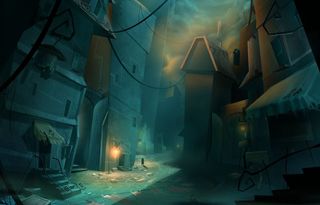
"We really want the player to interact with the art in the game and make them feel like they are affecting their environment in a profound and positive way," says Brian Thompson. "With The Painted Tower and Dark Flight, we knew that we wanted to tell a simple story about a talented young girl who created magical paintings, and we liked the idea that the player would help her overcome great odds by interacting with her paintings and even creating a bit of their own."
Thompson thinks that, generally speaking, just having the player shoot some bad guys is a cheat's way out of a game design challenge. "It's an easy way to avoid thinking about the motivation of your player," he says. "I get it, sure – it's fun to blow stuff up, but let's move beyond that now. The world is violent enough and it's getting worse. We wanted to try something different like focusing on the wonder and the magic of it all - and maybe, in our own small way, immerse players in an experience that would challenge, entertain, and inspire them."
There's another Drawn game in development, and this one will move out of Stonebriar and into the wider world. "We as a team really want to explore some different areas of the kingdom, so right now that's what we're doing," says Chris Campbell. "Our fans had a lot of questions for us after finishing Dark Flight, so we're going to do our best to answer them in our own unique way."
Perhaps there'll be a slightly different vibe to the third Drawn game, then, but Big Fish's own unique way of creating game worlds leaves me filled with great hope. And if the core message of Drawn: Dark Flight is continued over into its successor, we could well be looking forward to an absolutely stunning and imaginative third part to the series.
"We wanted the take-home message to be that imagination and creativity can overcome all odds," says Brian Thompson. "I think it really can."
